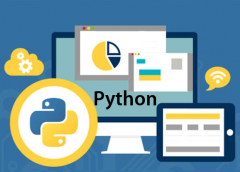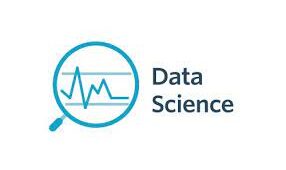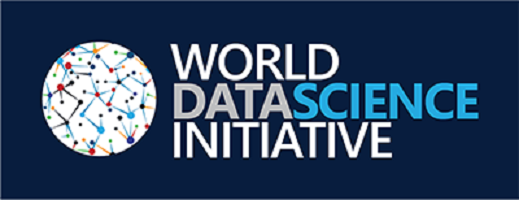
There are of course two questions in the title we will try to find answers to then one by one; starting obviously with the ‘why’. Let us get to the points straight away.
Python is simple and scalable
The language was designed to be fun to use and consequently simple. It uses a very simple syntax and it is quite fault-tolerant. This saves a fair bit of the debugging time when it comes to coding with Python. Now, coming to scalability; a Python-based framework Django is run by Instagram. They adopted Python because it was simple and later as the organization grew without bounds it stuck with Python as it let them scale smoothly.
In the case of data, analytics scalability can be a major issue as the data stacks grow in size and variety and Python hits the bull’s eye in this aspect.
With Python, you do not need to worry about speed or memory
There is a reason why a lot of data science professionals have gravitated towards Python while they could have stuck with R. R is great for statistical computing but it has some serious issues. R runs a single thread and uses the RAM. It does not, therefore, do too well when it comes to multiple tasks.
Python, on the other hand, can run multiple threads for I/O bound tasks and sub-processes for CPU bound tasks. It offers great speed and memory efficiency while working with large data sets and performing multiple tasks simultaneously. This is also what makes Python a popular choice for machine learning.
It is hard to get stuck at a problem
The Python using community is large and extremely active of user forums. Any problem you may have while using Python may have already been faced by someone else and you are likely to find a solution on StackOverflow. It seems relevant that the number of questions regarding Python at StackOverflow has increased significantly in the last few years.
The job market
The market for Python developers is great as it is but the job market for data science professionals with Python skills is ripe too. A Python data science course will set you up for a great career in data science and analytics.
How should you approach Python for data science?
Python is a general-purpose language which has a brilliant use for software development. But as a data science enthusiast that is not your goal. Your approach would be a little different of course.
Of course, you need to learn the basics of Python but you do not need to be proficient in all the libraries required for web development. For your purpose of data analysis, you primarily need 5 Python libraries.
- NumPy is the foundational library for any scientific computing.
- Pandas is important for data analysis and manipulation.
- SciPy works on top of NumPy and helps you with efficient numeric routines.
- Scikit-learn is based on SciPy. It is a module for machine learning and has a number of algorithms that can be applied for ML.
- Matplotlib is the Python module for data visualization. Cannot say it is too popular but it gets the job done.
Choose a Python data science course that teaches these tools and get efficient with them.










